
2022 was another busy year for the Science and Technology Directorate (S&T). We executed research and development with significant, tangible impacts; funded innovation through strategic partnerships; fostered creative solutions by hosting special events and challenges; contributed vital knowledge products with far-reaching benefits; and evolved as an organization with bold new initiatives. We did this all while welcoming new leadership that will usher S&T into its 20th Anniversary in 2023. With even brighter things on the horizon, here is a look at some of our top accomplishments this year, along with some lessons learned along the way.

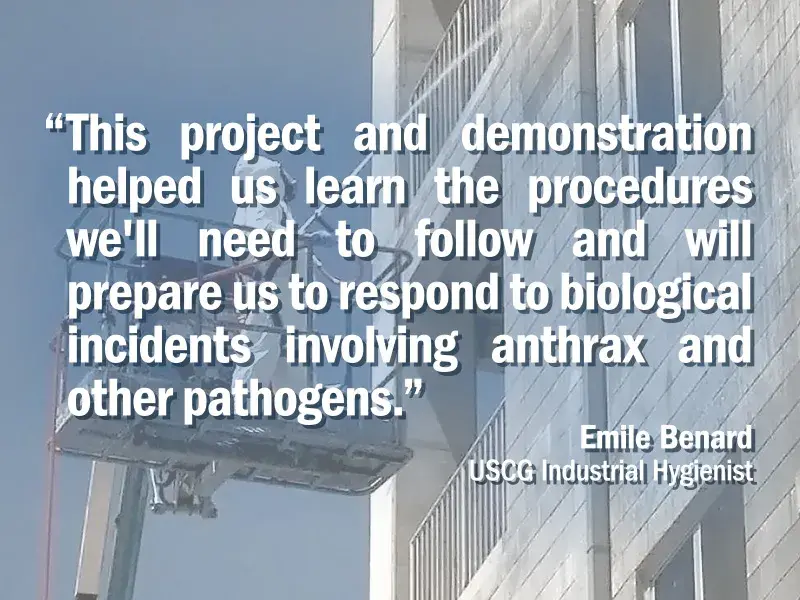
Culminated a 4-year effort called Analysis for Coastal Operational Resiliency, or AnCOR, which will help prepare for a variety of potential biohazard emergencies—from naturally occurring disease outbreaks to an accidental or intentional release of a bioagent. The targeted field assessments were a joint project with the Environmental Protection Agency and U.S. Coast Guard (USCG) and included a study that traced the path of pathogens after rain.
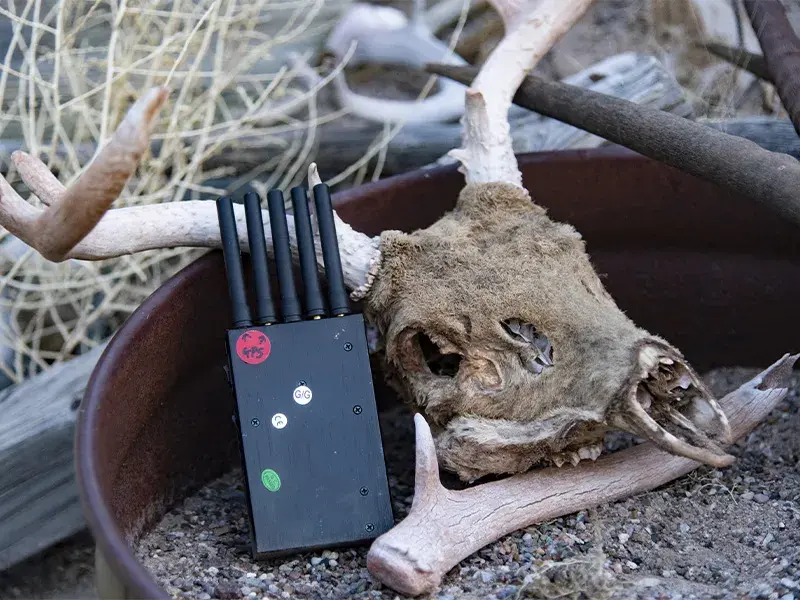
Hosted more than 200 participants at JamX 22, an exercise to counter electronic jamming, at White Sands Missile Range. In addition to assessing current tools and technologies available to identify, locate, and mitigate spectrum interference, the event also assesses the effectiveness of the Cybersecurity and Infrastructure Security Agency (CISA)’s new Resilient Communications Training, which is now available. “We’ve immediately raised the bar of preparedness,” said Billy Bob Brown, Jr., CISA Emergency Communications Executive Assistant Director.
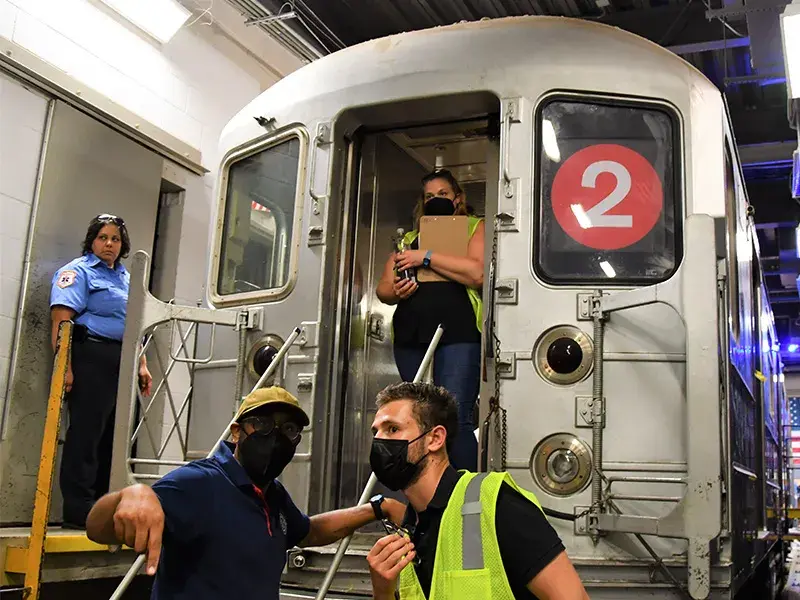
National Urban Security Technology Laboratory (NUSTL) hosted Urban OpEx 2022 to evaluate new and emerging technology solutions in realistic, urban settings throughout the New York Metropolitan area. More than 150 participants attended the event to test a variety of leading edge technologies including handheld sensors, unmanned aircraft systems, AI-enabled gun detection, incident management and situational awareness platforms, deployable communications and deployable robotics.

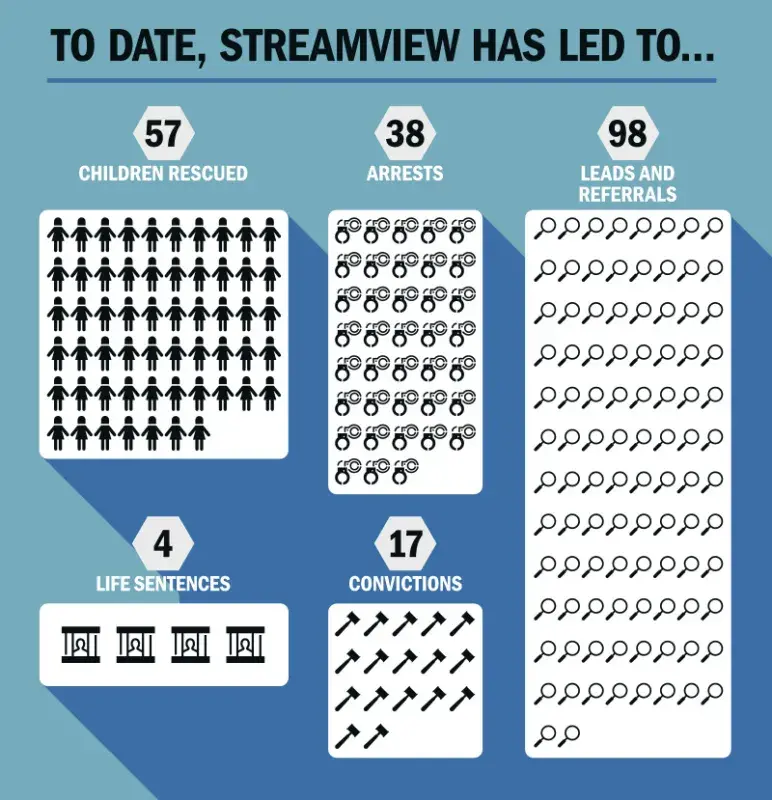
Enabled the rescue of 23 trafficking victims and the arrest of three suspects thanks to advanced StreamView technology developed by S&T and Homeland Security Investigations (HSI) to fight online child sexual exploitation. The innovative software program allows agents to streamline their investigative process, aggregating and organizing the huge amount of unstructured data from legal warrant returns to generate and prioritize investigative leads, identify relationships, and build a cohesive case.
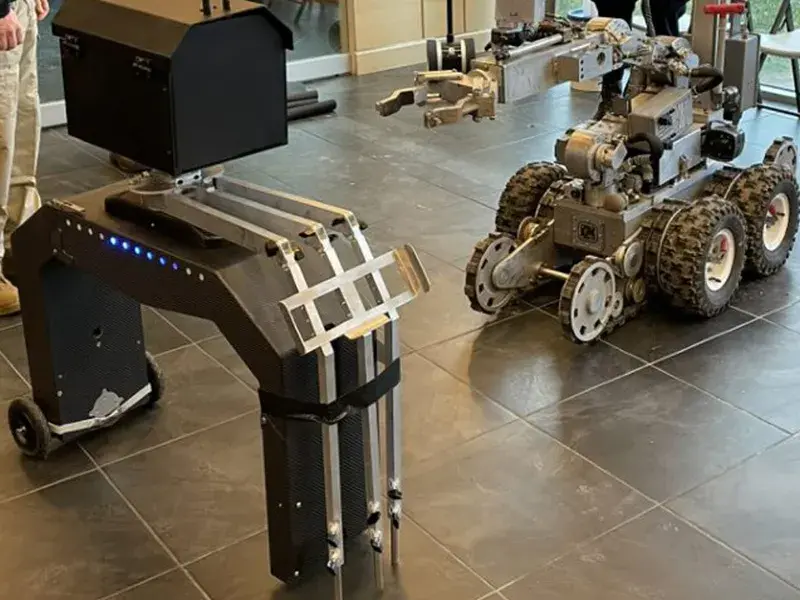
Developed 3D X-Ray Scanner to enable quick, easy, and accurate security screening of luggage. This user-friendly, portable, multi-functional, and durable prototype imaging tool offers incredible adaptability in the field. The imaging tool uses a combination of both 2D and 3D computed tomography (CT) imaging capabilities to detect the presence of hidden explosive devices and related components in backpack-sized containers or bags—without needing to open them.
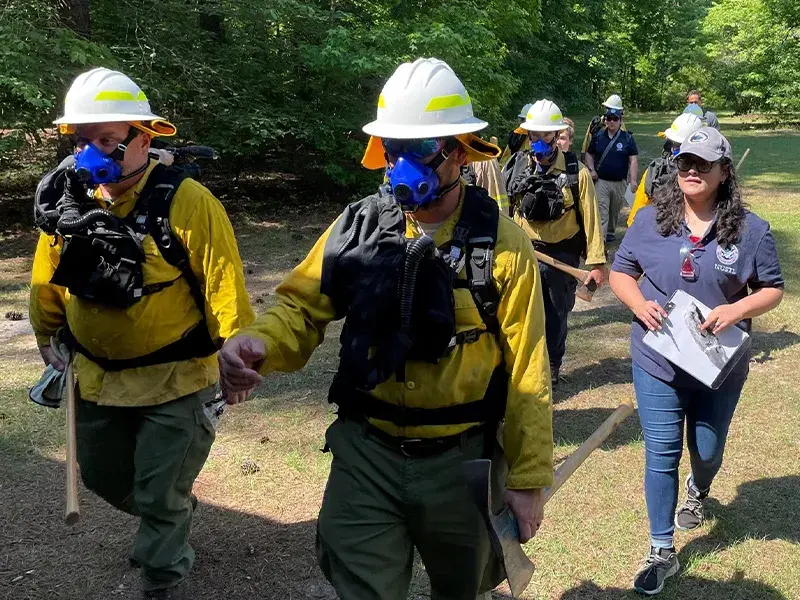
Field tested a respirator designed to protect wildland firefighters from the smoke, ash, and toxic gases they face as they fight fires. “After the firefighters have performed each of the tasks, and everyone has given their feedback about how the system had performed, we'll return to NUSTL, and we’ll write the report with the data collectors,” said Hasan Shahid, NUSTL Test Engineer.
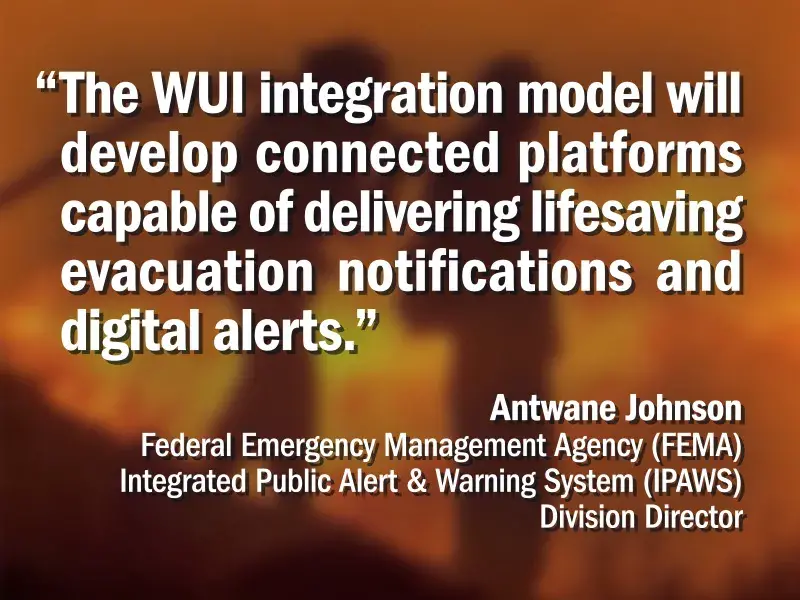
Tested Next Generation Wildland Urban Interface Alerting Technology in Fairfax County, Virginia. The proof-of-concept model integrates with the Federal Emergency Management Agency (FEMA) Integrated Public Alert Warning System (IPAWS), enabling alerting authorities to disseminate vital hazard information on the "infotainment" screens in vehicles in a timely fashion.

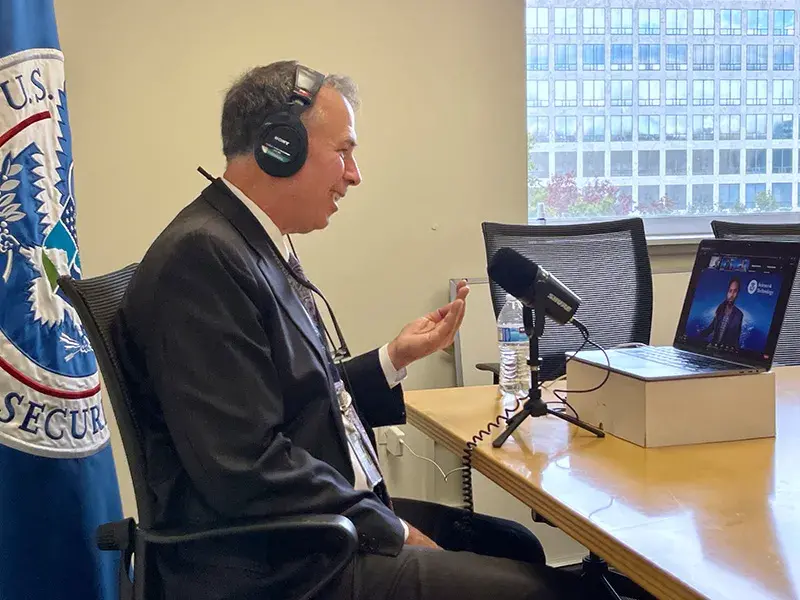
Launched “Technologically Speaking”, the official S&T podcast, to tell the stories behind the science. Season one featured nine unscripted conversations (plus a very special bonus episode with our new Under Secretary, Dr. Dimitri Kusnezov) about timely national security challenges and the scientific solutions S&T is developing to tackle them. S&T subject matter experts spoke candidly about everything from bomb squads to biometrics. The award-winning series will be back with season two in early 2023, but mini episodes of “Tech Speak” are available now to tide listeners over until then.
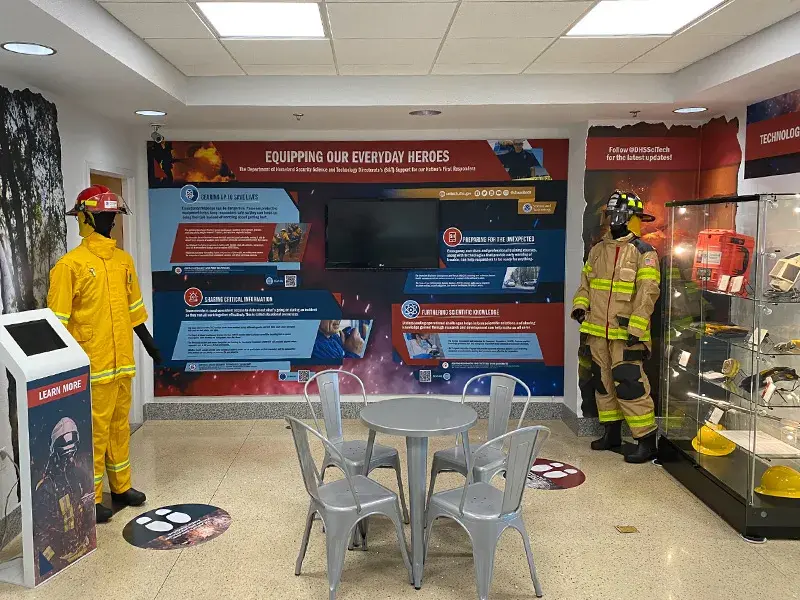
Opened new “Equipping our Everyday Heroes” exhibit at the National Atomic Testing Museum in Las Vegas. The interactive experience features a variety of capabilities developed to help first responders prepare for the unexpected, gear up to save lives, and share critical information during an incident. It also highlights various S&T initiatives furthering our collective scientific knowledge in pursuit of public safety.


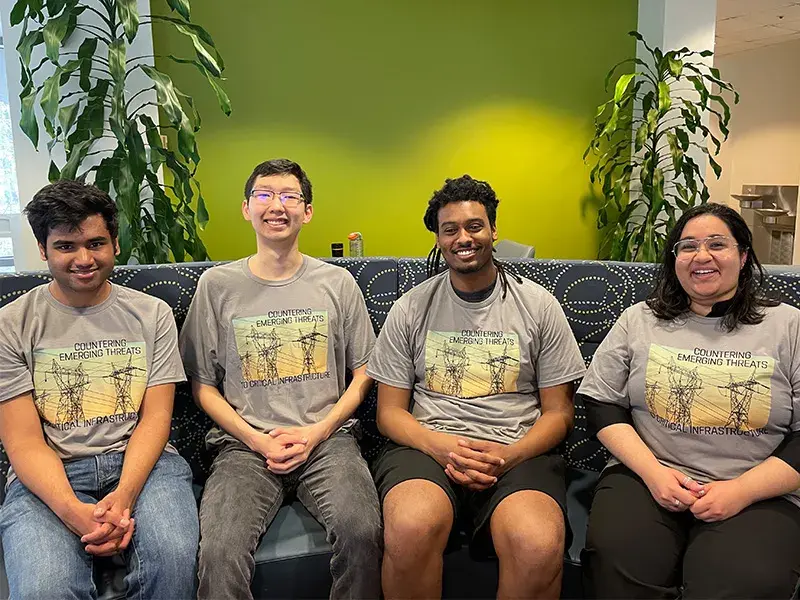
Collaborated with the Center for Accelerating Operational Efficiency to hold third annual Grand Challenge Hackathon, an opportunity for students to take on real-world challenges and see if a career in homeland security science and engineering is right for them. The topics for 2022 were: detecting if an autonomous vehicle has been hijacked and preventing or responding to it, identifying the presence of illegal activity on open-source networks, and mitigating attacks on digital elements of our nation’s critical infrastructure.
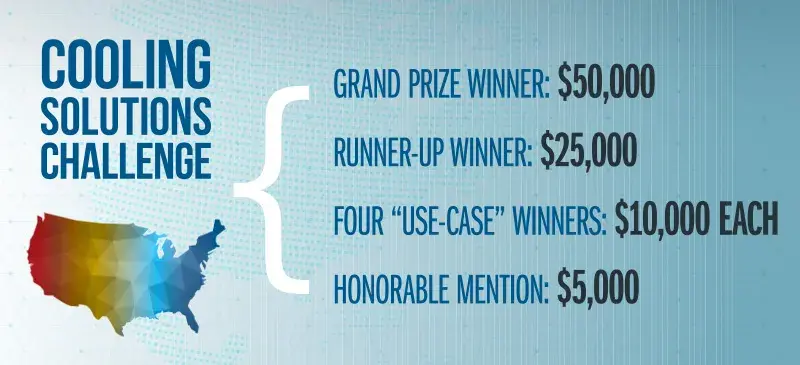
Announced winners of the Cooling Solutions Challenge prize competition, an effort to counter extreme heat, which is the nation’s leading cause of weather-related death. The Grand Prize Winner received $50,000 for a cooling system that uses a compressor-free/refrigerant-free technology to significantly reduce energy consumption and the associated carbon emissions.
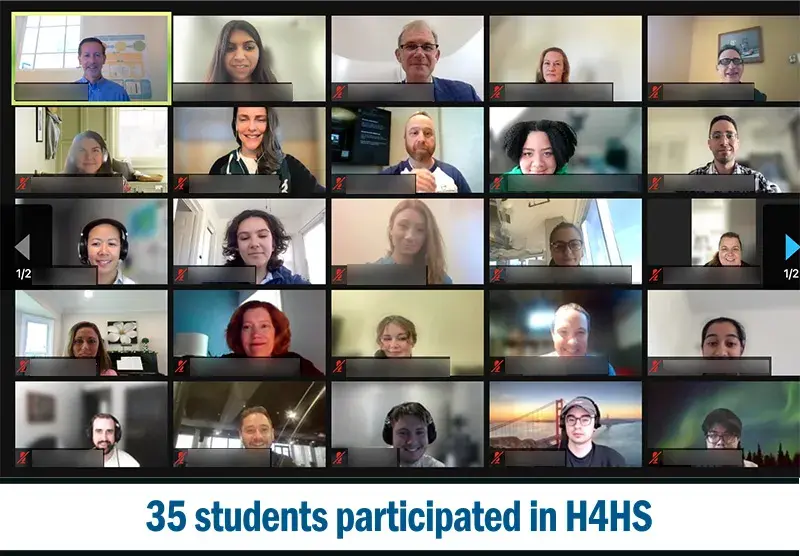
Empowered students to take on real-world national security problems with the fourth Hacking for Homeland Security (H4HS) event at Carnegie Mellon University in the Spring and the fifth H4HS event in the fall at Rochester Institute of Technology and Texas A&M University. Student teams worked on a myriad of challenges, including improving the airport screening and security checkpoint process for the Transportation Security Administration, anticipating future disaster impacts and risks for FEMA, prioritizing multimedia incident information reported to 9-1-1 call centers for CISA, and efficiently processing application data for individuals seeking to be temporarily in the United States for HSI.
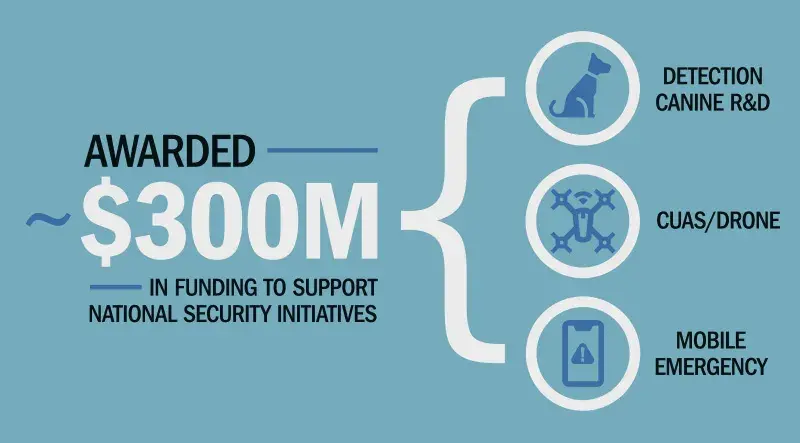
Awarded ~$300M in funding to support national security initiatives across a variety of mission spaces. S&T sponsored small businesses’ security technology prototypes, Department of Defense counter-unmanned aircraft system threat efforts, an artificial intelligence-powered software system, Auburn University detection canine research and development, minority serving institutions’ summer research projects, and more.
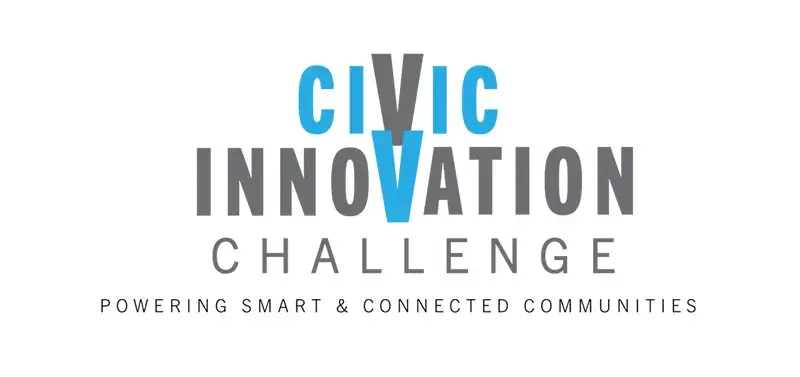
Awarded Stage 1 Planning Grants for the CIVIC Innovation Challenge, a multi-agency federal government research and action competition that aims to provide a scalable, sustainable, and transferable impact on community-identified priorities. A total of 56 teams each received $50,000 to support ready-to-implement, research-based pilot projects in one of two areas: living in a changing climate or resource and service equity.
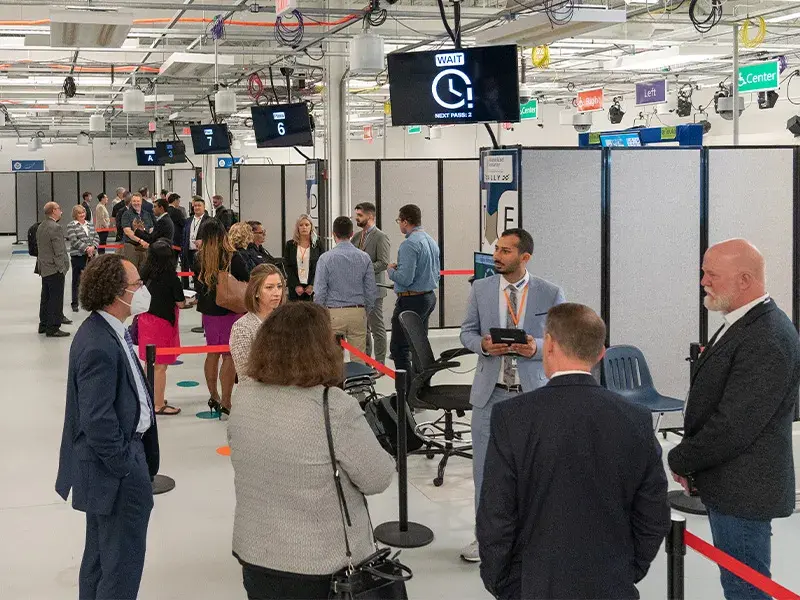
Held fifth annual Biometric Technology Rally at the Maryland Test Facility, once again challenging industry to develop systems that meet the latest operational requirements. The 2022 event focused on the technical challenge of reliably identifying small, free-flowing groups of people opting-in to the process in crowded environments, like airports or ports of entry. Providers of face biometric acquisition systems and matching algorithms were encouraged to participate.
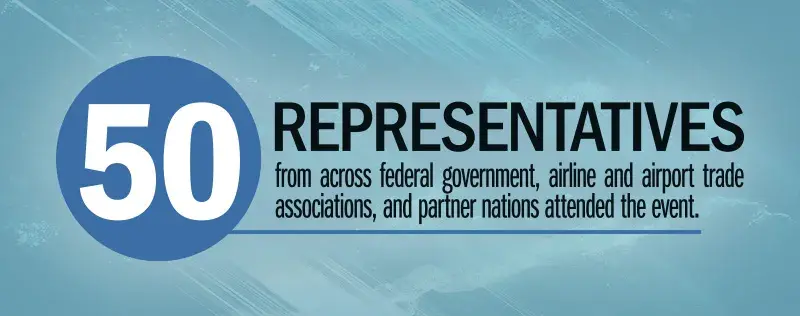


Showcased in-building smart sensors for S&T’s Under Secretary, Dr. Dimitri Kusnezov and colleagues from Singapore, including Chan Tsan, Deputy Secretary (Development) at the Ministry of Home Affairs and Chief Executive of the Home Team Science and Technology Agency. The tour of Capital One Arena in Washington, DC—a major event venue that holds around 20,000 people—offered a glimpse at a successful testbed revolutionizing physical security.

Signed Agreement for Cybersecurity and Public Safety with South Korea. The Project Arrangement and Joint Statement of Intent is part of a Memorandum of Understanding between the two countries in the fields of science and technology. The relationship will provide a foundation for collaborative research, development, and foreign technical exchanges in cybersecurity and public safety solutions with the Republic of Korea’s Ministry of Science and Information Communication Technology.

Initiated the Israel-U.S. Binational Industrial Research and Development (BIRD) Cyber program to enhance resilience of critical infrastructure. The BIRD Cyber call for proposals seeks cooperative projects leading to innovative technologies in particular areas of interest: secured architecture for protecting core operational processes, real-time risk assessment solutions for small-to-medium sized airports or seaports, resilience center pilots for small and medium sized businesses and enterprises, and advanced data fusion and analytics.

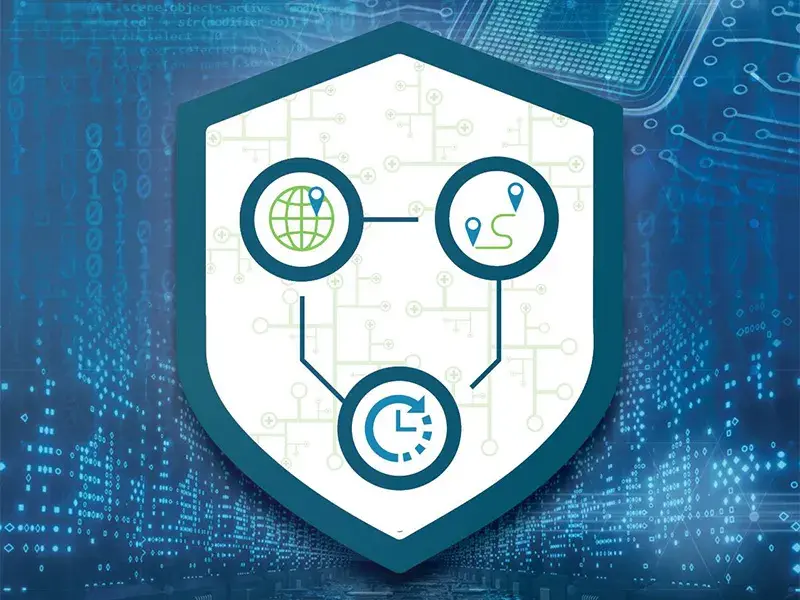
Published the Resilient Positioning, Navigation, and Timing (PNT) Reference Architecture to address current and future threats to this critical infrastructure system. “By applying cybersecurity principles like Zero Trust Architectures to PNT, we can design resilient PNT systems that can continue to function properly even under the assumption of compromise,” said Ernest Wong, S&T Technical Manager.
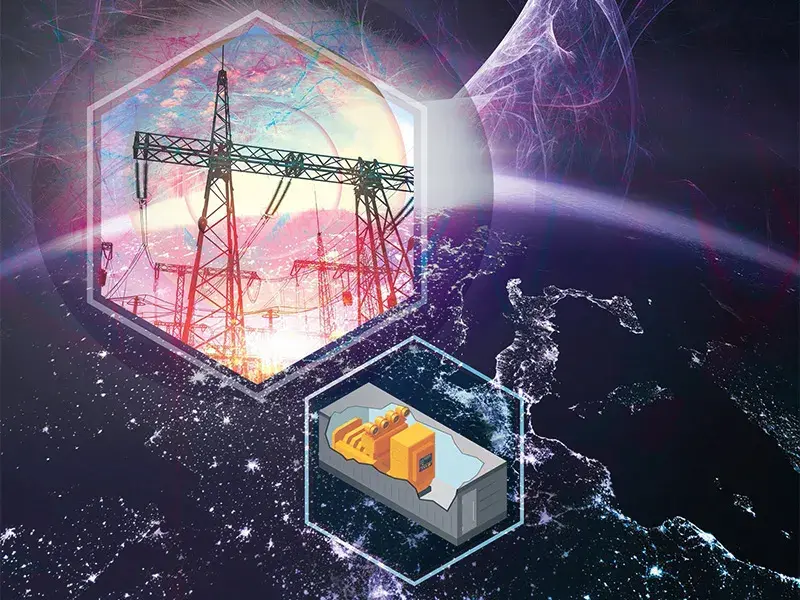
Released a report of operational approaches to protect against electromagnetic pulse (EMP) and geomagnetic disturbance (GMD) events such as a solar wind shock wave or a nuclear explosion in Earth’s atmosphere. The document is a collaborative effort between S&T, FEMA IPAWS, and CISA to employ best practices currently used to shield the National Public Warning System from EMP and GMD interruption so critical infrastructure like the power grid can be made similarly resilient.
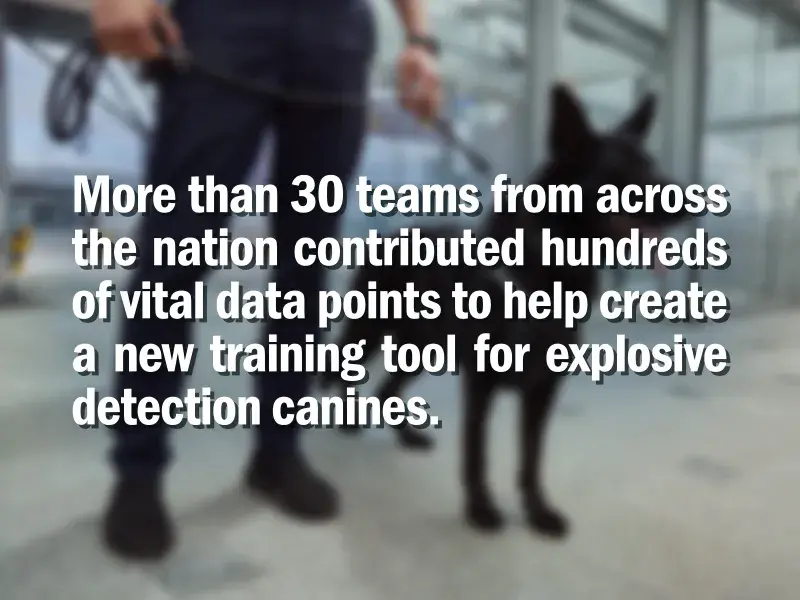
Launched a new interactive training tool for handlers and trainers of explosive detection canines to upgrade their capabilities to Person-Borne Explosives Detection (PBED). The comprehensive guideline includes detailed descriptions of training techniques, video clips, and tips on evaluating canines for potential PBED detection capabilities. The training tool was developed in collaboration with the Johns Hopkins University-Applied Physics Laboratory.

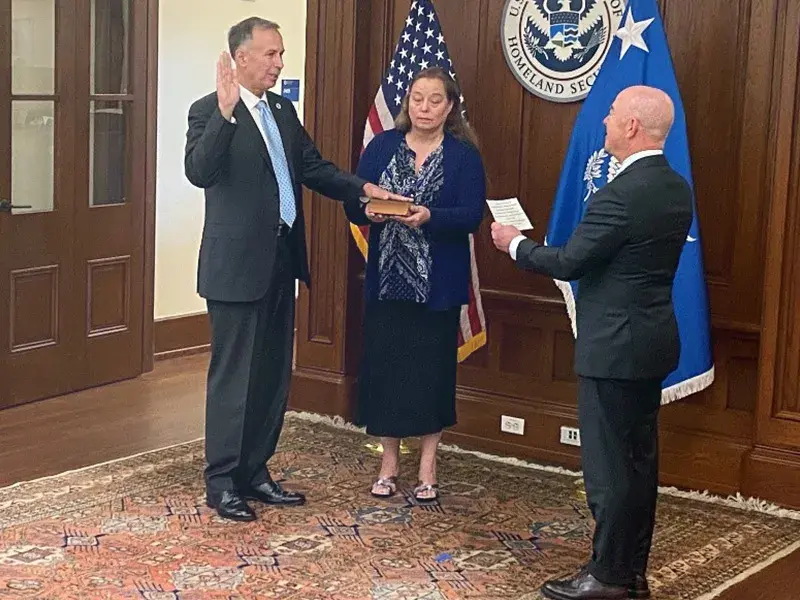
Welcomed our new Under Secretary for Science and Technology, Dr. Dimitri Kusnezov. Prior to DHS, Dr. Kusnezov was a theoretical physicist working at the U.S. Department of Energy focusing on emerging technologies. He served in numerous positions, including the Deputy Under Secretary for Artificial Intelligence & Technology and Chief Scientist for the National Nuclear Security Administration.

Created the Critical Infrastructure Security & Resilience Research (CISRR) Program to advance national policy that strengthens and maintains secure, functioning, and resilient critical infrastructure. CISRR will have five focus areas: (1) planning tools for conducting risk assessment ratings for special events; (2) electromagnetic pulse and geo-magnetic disturbance resilience capabilities; (3) positioning, navigation, and timing capabilities; (4) evaluation of “soft target” security for public safety, including countering improvised explosive device events; and (5) research supporting security testing capabilities relating to telecommunications equipment, industrial control systems, and open-source software.
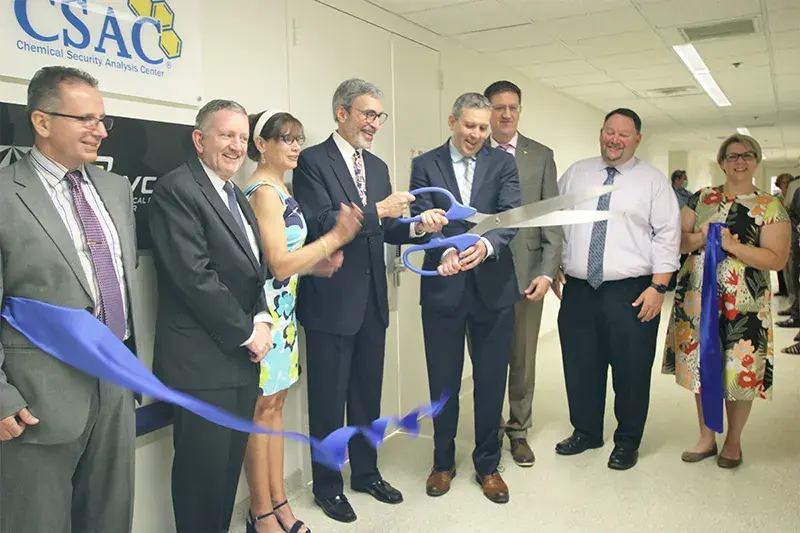
Chemical Security Analysis Center (CSAC) opened a new experimental Chemical Security Laboratory in partnership with the U.S. Army Combat Capabilities Development Command Chemical Biological Center at Aberdeen Proving Ground in Maryland. The new laboratory will benefit CSAC’s risk and consequence models and contribute essential data to current S&T projects, such as chemical threat characterization and gas forming reactions, as well as emerging projects as the needs arise.

In 2023, we will continue to “do the science,” partner with other agencies to get real-world results, crowdsource innovation from the public sector and invite diverse perspectives, share information that contributes to our collective understanding of national security, and continuously strive for improvement as we carry out our vital national security mission.
